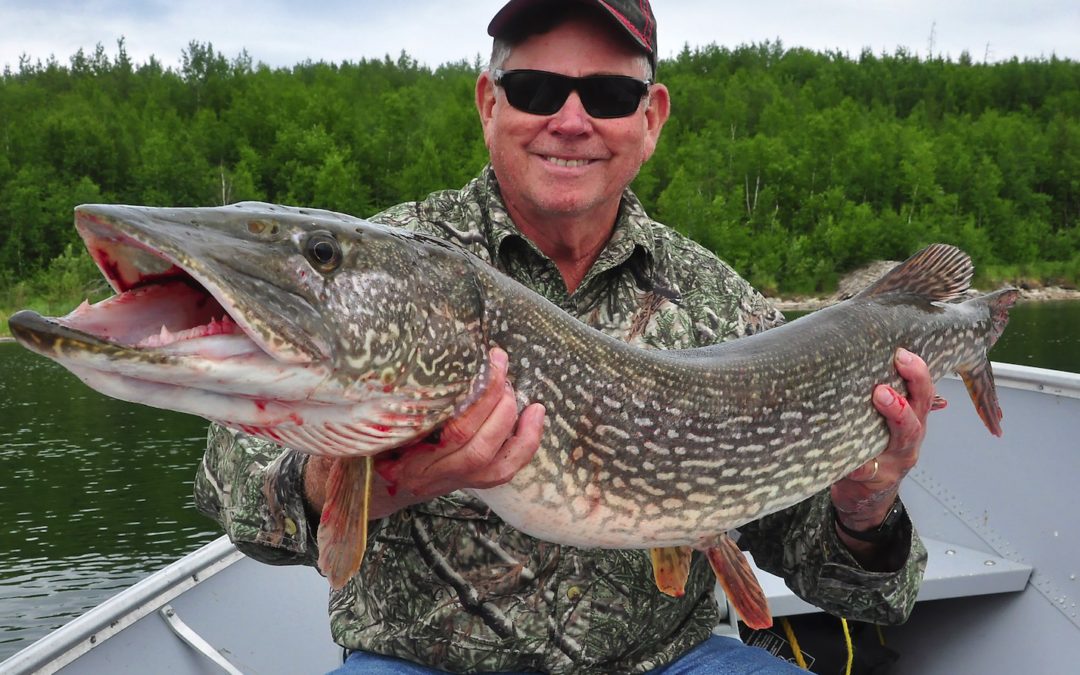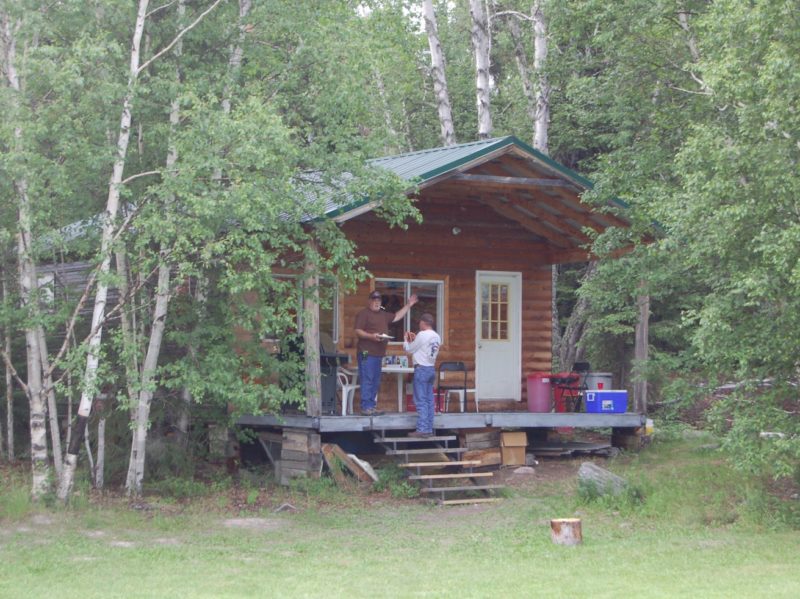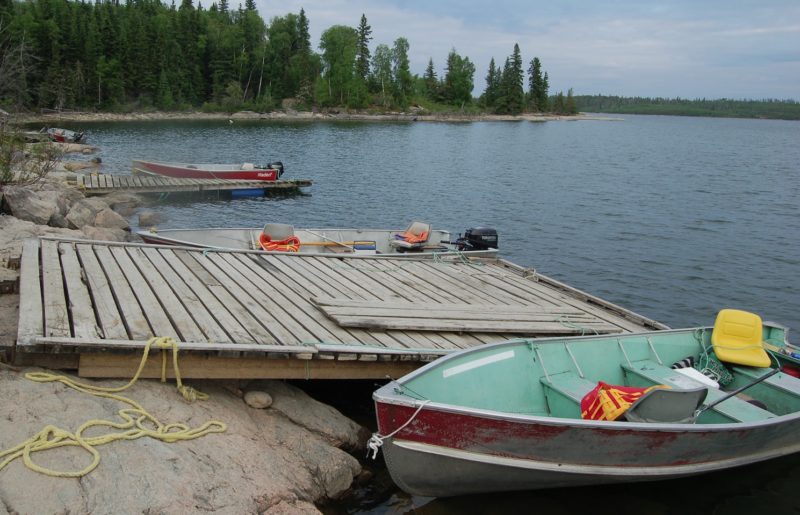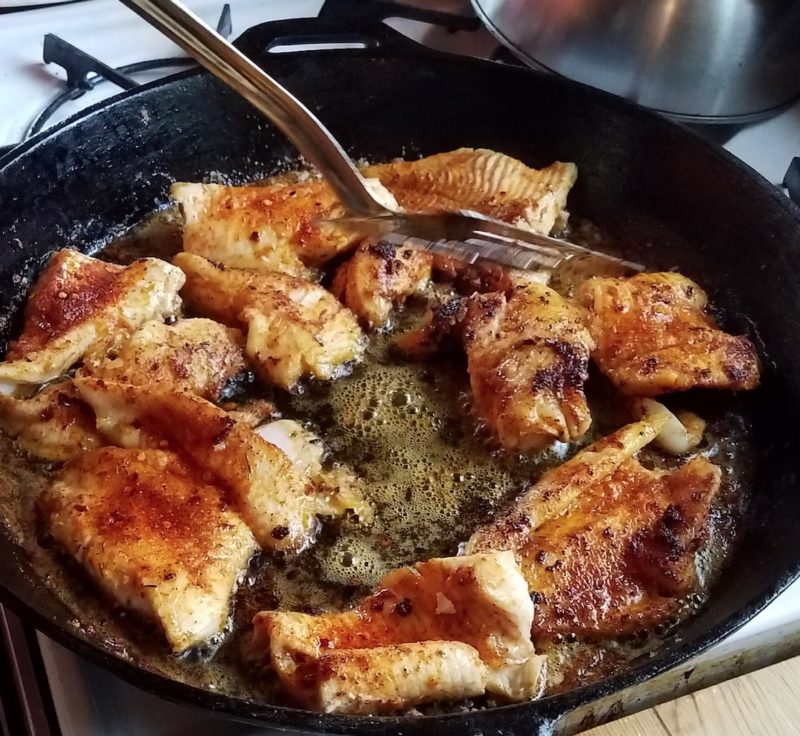Saskatchewan Fishing DIY
March 19, 2021



 Fishing,SCA Articles
Fishing,SCA Articles

When I first learned about fishing at Iskwatikan Lake Lodge, I felt this was the perfect place for a “no frills” DIY fishing trip, a place where with just a little instructions, my buddies and I could experience north country fishing and all that goes with it.
As a youngster growing up in very rural northeast Texas, I remember reading about fishing remote lakes in Canada in outdoor magazines. The image of a group of fishermen setting around a campfire, enjoying a shore lunch of fried walleye or pike stuck in my mind. I longed to one day cast a big spoon up into a shallow, reedy cove and hook onto a big northern pike, or enjoy nonstop action on walleye that have never seen a lure.
In the mid to late sixties, I watched one of the first outdoor TV shows called “Wallace Wildlife” and drooled at the episodes Don Wallace produced up in Canada. Throughout my younger years, I dreamed of one day finally making the jaunt “up north” and experiencing this bit of outdoor heaven for myself. My first trip was a long time coming but a few years ago, thanks to some good information and help from a Canadian outdoors writer friend of mine, I learned that for myself and most of my fishing buddies, fishing in Canada was well within our means.
GETTING THERE
Saskatoon is the Saskatchewan hub for travelers flying in from The States. Towns such as Prince Albert, Missinipe and La Ronge offer flights to more remote fishing camps where anglers board float planes and head out to one of the thousands of lakes accessible only by air.
There are many fishing lodges scattered across the province. Some are full-scale catered operations that offer 5-star meals, guides and the works. Others are designed more for the average fisherman that wishes for a “do it yourself” fishing experience.
When I first began learning about fishing at Iskwatikan pronounced (IS SQUAT I CAN) Lake Lodge, I felt this was the perfect place for a “no frills” DIY fishing trip, a place where with just a little instructions, my buddies and I could experience north country fishing and all that goes with it. Lodge owner Bryce Liddell offers 5-day fishing trips for about $1,000 U.S. dollars that include round trip float plane from Otter Lake, a very comfortable cabin, boat with motor, gasoline and fish cleaning. Traveling anglers need only furnish their fishing gear and food.
From Saskatoon, we rented a car and dropped by the Wal Mart on the way up to Otter Bay where we meet our float plane. There is a Cabela’s within sight of Wally World where we picked up fishing supplies, including a big box of nightcrawlers. Stocked up on food, supplies and a few “must have” bottom bouncing walleye rigs, we were on our way to Otter Bay where a comfortable room awaited. Of course, corn meal, flour and cooking oil, beans and potatoes were staples; we vowed to enjoy fried, baked or grilled walleye or pike everyday!
The drive to Otter Bay provides some awesome scenery that often includes bull moose in velvet and black bear. We arrived at the cabins at Otter Bay well before sunset and set on the dock watching the float planes come and go.
After a good night’s sleep and great breakfast at Otter Bay we boarded our float plane and were off across miles and miles of remote, awesome country dotted with lakes of every size and configuration. The actual flight to the lodge takes less than 15 minutes and I always try to imagine the challenges of getting through this vast waterway by canoe. The native people and early trappers certainly had a lot of “gumption” heading out into the then unmapped wilderness.
The sight of Iskwatikan Lake from the air is breathtaking. I spotted “Airplane Falls” on the lower end of the lake. The entire lake is connected to the mighty Churchill River via tributaries and there is a very slight current throughout the entire water body which insures a natural stock of northern pike, walleye and lake trout.
Bryce Liddell explained the rich history of the falls and how it got its name. In 1962 a floatplane filled with firefighters that had landed nearby experienced a stalled engine and actually floated over the upper falls. Fortunately the pilot was able to secure the floating aircraft to a tree before it traveled several hundred yards to the major falls where tragedy awaited. The plane was eventually disassembled and a haul road cut through the forest to truck it out.

WE ARE THERE!
Once we settled into our cabins, we were quickly out on the water. On my first trip I was a little concerned about finding our way around on the lake but after a look at a map of the lake and a tour by Bryce, I learned it would be virtually impossible to get lost on Iskwatikan. The stream feeding the lake is relatively narrow and the rushing water of Airplane Falls is situated at the outflow. The lake itself has a very defined shoreline. Granted, there are many islands that offer superb fishing, but the shoreline is always visible. My concern of getting “turned around” was quickly dispelled.
The first morning we struggled a bit because of lack of experience fishing these gin-clear waters. But by the afternoon, we had learned to use a “bottom bumping” rig that consisted of a piece of lead molded on to a bent wire with a swivel attached. We snapped on a Mepps drift rig that consisted of a spinner with primary and stinger hooks and a light floater that gave the bait just enough buoyancy to keep it drifting a foot or so up from bottom.
This technique proved lethal for catching the lakes plentiful “jumbo” size walleye. The fish averaged 3 pounds up to about 6, and we caught and released a ton of them. Of course, we kept a few for our shore lunches and evening meals each day.
The lodge provides 14- and 16-foot V-nose aluminum boats with dependable 20 HP engines and fuel. The boats are perfect for slow trolling with the bottom bouncers. Some of the more experienced walleye fishermen preferred to cast soft plastics. But trolling is a sure fire method to quickly catch shore lunch and enjoy a lot of action.

CATCHING THEM
Walleye, northern pike and lake trout are the target of most anglers. As mentioned, trolling with walleye rigs or casting grubs on light jig heads will keep you busy catching walleye. Walleye transition from their spawn in the more shallow bays usually by early to mid June and disperse into deeper water. We have found that nightcrawlers or scented artificial worms on a ‘stinger’ hook often make an already good bite even better, especially when trolling.
Bryce stays current on seasonal patterns and will direct you to the best areas to fish depending upon when you plan your trip. Fishing begins in early June and last until the onset of really cold weather, usually in September.
Northern Pike prefer the weed beds in the shallows of the little pockets around the islands or along the shoreline. Big spoons in bright colors or oversized Mepps spinners are deadly for Northerns, but after the first year, we learned that weedless spoons kept us in the action when fishing the really heavy grass beds.
While I enjoy catching walleye, I have become hooked on the fight the bigger northern provide. A few years ago, I hooked a 16-or-so-inch walleye and had it almost to the boat when a 43-inch northern grabbed it and provided me with the fishing battle of my life. Believe it or not, that pike stayed clamped down on my walleye until we finally netted her!
We release all the bigger pike but have found the small ones are excellent table fare. I like eating them every bit as much as walleye. Fish cleaning is part of the deal at the lodge and I’m always thankful for the help, especially when it comes to filleting pike! I am pretty handy with a fillet knife but removing that Y bone in pike requires the skill of a surgeon; a skill this ole southern boy has yet to acquire!
There are always a few “big fish” anglers in camp that spend the time waiting for the “big bite” of lake trout. There is one big dome-shaped hump about 80 feet of water just out from the lodge where lake trout stack up during the summer months. During early morning, the big trout often chase bait up close to the surface over this hump. During the day however, big spoons bounced close to bottom usually provide the best action. Lake trout upwards of 20 pounds are not uncommon, but the bite is much slower than that of walleye or pike.

COST
Through the years, I have a gotten a pretty good handle on the cost of traveling to fish at Iskwatikan Lake. With two or three buddies making the trip together and sharing the cost of renting a vehicle to make the 4.5-hour drive from Saskatoon to Otter Lake, roundtrip airfare to Saskatoon, factoring in a couple of nights hotel stay, food, license, etc. the total costs should be somewhere in the vicinity of $2,400. Float plane to and from Otter Lake, 5 days stay at the lodge including cabin, boat and fuel and fish cleaning ran a little less than $1,000 US last year. Because “getting there” is the big challenge, this trip is about as close to do-it-yourself as one can get when fishing these northern waters. There are other lodges that supply guides with a lot more amenities where the cost runs around $3,000 and that doesn’t include getting there.
